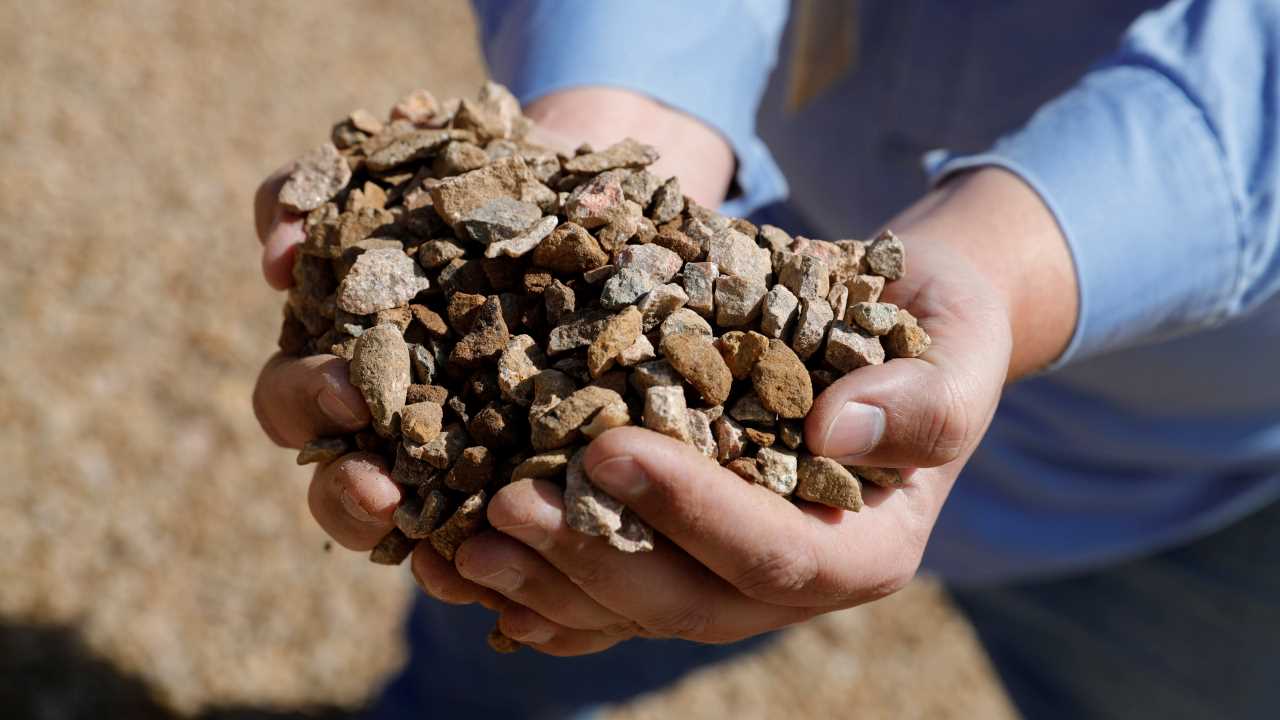Goldman Sachs has some bad news for China.
The global investment banking giant has forecasted that China’s economy will grow at 4.5% in 2025, its slowest pace since 2020, as high US tariffs could disrupt China’s export-driven economy.
Beijing has been announcing a slew of measures to stem the economic decline, including the latest $1.4 trillion package. Experts say more stimulus packages may be on the cards in 2025 when Donald Trump returns to power in the US.
“We looked at the press conference after MPC, and they did say these are being discussed and this will come out, just not right now. We think that China’s easing measures will continue. This will not be the end of the stimulus,” said Hui Shan, chief China economist at Goldman Sachs.
Trump holds the key to China’s economy next year, as his proposed tariffs could negatively impact the world’s second-largest economy.
According to Goldman Sachs, a 20% tariff on Chinese products can cut China’s growth by at least 70 basis points or 0.70%.
Trump has threatened to impose 60% tariffs on China, but analysts feel that 20% could be the effective rate.
China is the world’s biggest trading nation. Its trade with the US is massive. In 2023, bilateral trade stood at $575 billion, with the US maintaining a deficit of over $279 billion. This deficit, which has reduced over the last few years, continues to worry the US.
The US tariffs would be bad news for China, which is looking to emerge out of the post-Covid slowdown through cheap exports. The tariffs would also have an impact on global economic recovery since China is a key driver of global growth.
The country is expected to account for about 21% of the world’s new economic activity between 2024 and 2029.
|
Year |
China GDP Growth (%) |
|
2023 |
5.22 |
|
2022 |
3 |
|
2021 |
8.4 |
|
2020 |
2.2 |
|
2019 |
6 |
|
2018 |
6.7 |
|
2017 |
6.9 |
|
2016 |
6.8 |
|
2015 |
7 |
|
2014 |
7.4 |
|
2013 |
7.8 |
|
2012 |
7.9 |
|
2011 |
9.6 |
|
2010 |
10 6 |
|
2009 |
9.4 |
|
2008 |
9.7 |
|
2007 |
14.2 |
|
2006 |
12.7 |
|
2005 |
11.4 |
|
2004 |
10.1 |
|
2003 |
10 |
|
2002 |
9.1 |
|
2001 |
8.3 |
|
2000 |
8.5 |
|
1999 |
7.7 |
|
1998 |
7.8 |
|
1997 |
9.2 |
|
1996 |
9.9 |
|
1995 |
11 |
|
1994 |
13 |
|
1993 |
13.9 |
|
1992 |
14.2 |
|
1991 |
9.3 |
|
1990 |
3.9 |
Alicia Garcia Herrero, Asia Pacific chief economist at Natixis SA, said that China would not be able to retaliate if Trump imposes 60% tariffs.
“What China will do is to announce a bigger stimulus to counteract so that the market doesn’t penalise China,” Herrero said.
One way to offset the impact of tariffs could be spurring domestic demand and tackling deflation.
But the 2024 measures, which already dwarf the $586 billion rescue package announced during the 2008-09 crisis, have disappointed on that front.
A recent Morgan Stanley research note pointed out that Chinese policymakers have focused on addressing the weakness in growth and restructuring troubled balance sheets of local governments, rather than tackle deflation and boost consumption.
“If the easing measures to boost consumption are not strong enough, then there would be continued reliance on excess investment in manufacturing and low returns in infrastructure investment resulting in the persistence of the deflation challenge,” the October 22 research note argued.
| Date | Measures announced |
| Sep-24 | People’s Bank Of China announces key rate cut |
| October 8 | National Development and Reform Commission announces 1 trillion-yuan ultra-long sovereign bonds to fund local projects |
| October 12 | Finance Ministry announces plan to increase the debt ceiling for locals to help them swap out their ‘hidden debt’ |
| October 17 | Housing Ministry announces $562.18 billion plan to fund the struggling property sector |
| October 21 | People’s Bank Of China rolls out a swap facility to enable the phasing out of poor-quality assets |
| November 8 | Announces $1.4 trillion package to help local governments deal with “hidden debt” |

